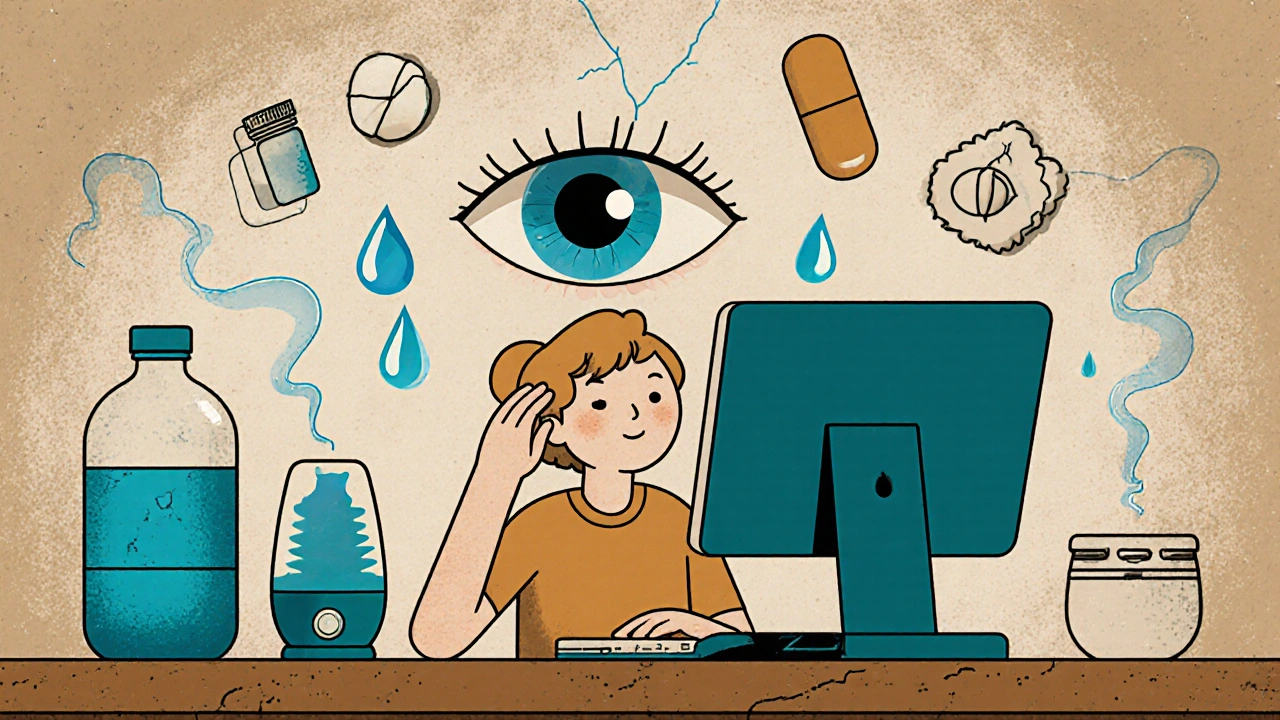
Dry Eye Treatment Selector
Dry Eye Treatment Assessment
Answer these questions to find the best dry eye treatment options for your situation.
Personalized Recommendations
Answer the questions above to see your personalized treatment options.
Key Considerations
Based on your answers, we've highlighted the most suitable options for your situation. Remember: Miebo works immediately but is more expensive, while Restasis is cost-effective but requires 3-6 months of consistent use.
What Causes Dry Eyes from Medications?
Many people don’t realize that common medications can cause or worsen dry eyes. Antihistamines, antidepressants, blood pressure pills, and even birth control can reduce tear production. If you’ve been using eye drops or starting a new prescription and suddenly feel grittiness, burning, or blurred vision, your meds might be the culprit. Dry eye isn’t just about being tired-it’s a real condition where your eyes can’t stay properly lubricated. Without treatment, it can lead to inflammation, corneal damage, and even vision problems.
How Lubricants Work: OTC vs. Prescription
Not all eye drops are created equal. Over-the-counter artificial tears are the first line of defense. They come in different thicknesses: thin formulas like Refresh Tears give quick relief but wear off in an hour or two. Thicker ones like Refresh Celluvisc last longer-up to six hours-but blur your vision temporarily. If you’re on a computer all day, go with the lighter drops. If your eyes feel raw in the morning, the thicker ones work better at night.
When OTC drops aren’t enough, doctors turn to prescription options. Restasis (cyclosporine) is the oldest and most common. It doesn’t fix dryness right away-it takes three to six months to work because it’s fighting inflammation in your tear glands. That’s a long time to wait when your eyes are burning. But if you stick with it, many users say their eyes feel better than ever before. The generic version now costs around $150-$250, which is a big drop from the $500-$600 brand price.
Xiidra is faster. People often notice improvement in just two weeks because it blocks the immune cells causing irritation. But about one in four users get stinging when they apply it. Some quit because of that. Miebo, approved in 2023, works differently. Instead of boosting tear production, it forms a protective film over the eye that stops tears from evaporating. You feel relief within minutes. Clinical trials showed it worked 1.5 times better than placebo at reducing dryness. And only 0.16% of users stopped using it because of side effects-far fewer than Restasis.
Comparing Prescription Dry Eye Medications
| Medication | Active Ingredient | How It Works | Time to Relief | Cost (30-day supply) | Common Side Effects |
|---|---|---|---|---|---|
| Restasis | Cyclosporine 0.05% | Reduces inflammation to boost tear production | 3-6 months | $150-$250 | Burning, stinging |
| Xiidra | Lifitegrast 5% | Blocks immune response causing irritation | 2 weeks | $450-$550 | Stinging, bitter taste |
| Miebo | Perfluorohexyloctane 3.5% | Creates barrier to prevent tear evaporation | Minutes | $650 | Minimal; rare blurring |
| Tyrvaya | Varenicline 0.03 mg/mL | Nasal spray that signals tear glands to activate | 2-4 weeks | $200 | Sneezing, throat irritation |
One key thing most people miss: Miebo isn’t meant to replace other drops. It’s best used alongside them. If you’re on Restasis, use Miebo during the day for instant comfort while the cyclosporine works in the background. Many users on forums like Dry Eye Warriors say this combo changed their lives.
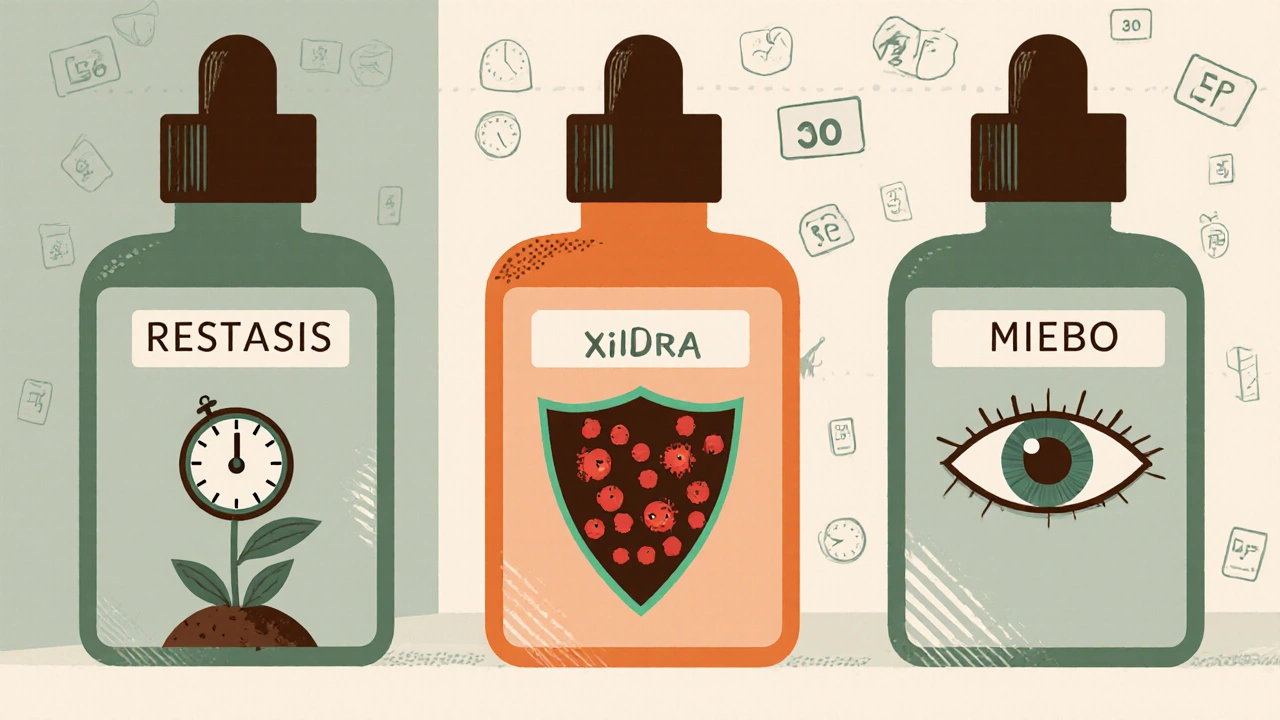
Humidifiers: The Simple Tool That Makes a Big Difference
You don’t need a fancy device. A basic cool-mist humidifier in your bedroom can cut down morning dryness dramatically. Dry air-especially from heating systems in winter or air conditioning in summer-wipes moisture off your eyes while you sleep. A 2024 survey of 342 dry eye patients found that 72% saw better nighttime symptoms when they kept humidity between 40% and 60%. That’s not magic-it’s physics. Moist air means less evaporation.
Don’t just turn it on and forget it. Clean the tank every three days. Stagnant water breeds mold, which can trigger allergies and make your eyes worse. Place it near your bed, not across the room. If you use a fan, make sure it’s not blowing directly on your face. Some people swear by placing a bowl of water next to their heater, but a real humidifier is more reliable.
Why People Stop Taking Their Eye Drops
Here’s the hard truth: most people don’t stick with their prescriptions. Only 52% of Restasis users take it twice daily after six months. Why? Burning. Stinging. The delay in results. One Reddit user wrote, “I skipped doses because it hurt too much. Then I forgot why I was even using it.”
There are tricks to make it easier. Keep your drops in the fridge-cold drops sting less. Use a timer on your phone to remind you. If you wear contacts, take them out before applying drops and wait 10-15 minutes before putting them back in. For Miebo, wait 30 minutes. Some doctors recommend punctal plugs-tiny silicone inserts placed in the tear ducts-to keep drops on the eye longer. That can cut your drop usage by half.
What Works Best in Real Life?
There’s no one-size-fits-all. If you’re young and have mild dryness from screen use, OTC drops and a humidifier might be all you need. If you’re over 50 and have autoimmune issues like Sjögren’s syndrome, you’ll likely need prescription help.
Here’s what real users report:
- “I switched from Restasis to generic cyclosporine. Saved $400 a month. Same results.”
- “Miebo gave me instant relief. I use it before work. Restasis at night. Game changer.”
- “I tried Xiidra. It worked fast, but the taste was awful. I stopped after two weeks.”
- “I started using a humidifier and stopped needing drops every hour. Just by sleeping with it on.”
Combination therapy is becoming the norm. Experts like Dr. Donald Korb say the main issue in most dry eye cases isn’t lack of tears-it’s tears evaporating too fast. That’s why lipid-based treatments like Miebo are gaining ground. They’re not replacing anti-inflammatories-they’re complementing them.
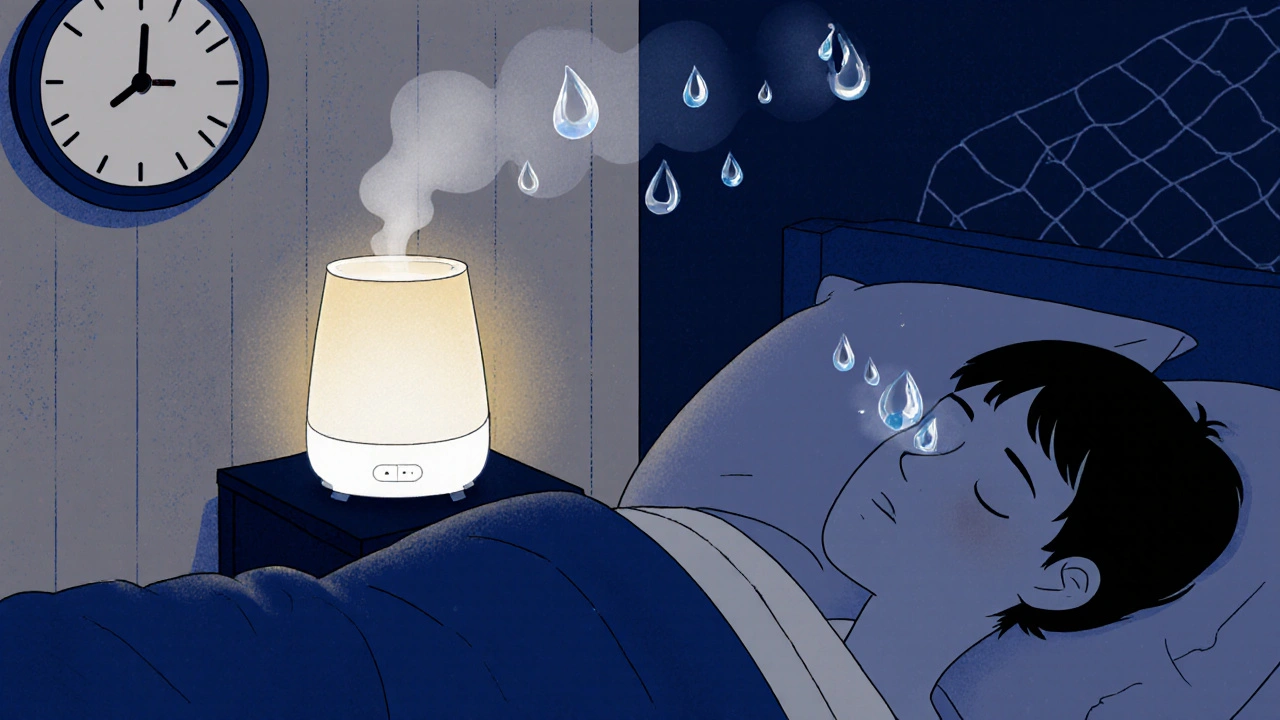
When to See a Specialist
If you’ve tried OTC drops for four weeks and still feel like sand is in your eyes, it’s time to see an eye doctor. They can test your tear production, check for inflammation, and even measure your tear film’s salt levels with a TearLab test. That helps them pick the right treatment. If your insurance denies Miebo or Xiidra, ask about step therapy-you might need to try Restasis first. Some pharmacies offer discount programs. And if cost is a barrier, ask about generic cyclosporine. It’s just as effective and costs less than half.
What’s Coming Next?
New drugs are on the horizon. Reproxalap, a new anti-inflammatory, showed strong results in early trials by reducing redness and improving tear volume. Nasal sprays like Tyrvaya are gaining traction because they’re non-eye-based-no stinging, no mess. And researchers are exploring neurostimulation devices that signal your brain to produce more tears. But for now, the basics still work: lubricants, humidifiers, and consistency.
Can I use artificial tears every day?
Yes, most artificial tears are safe for daily use. Preservative-free single-use vials are best if you’re using them more than four times a day. Bottled drops with preservatives can irritate your eyes if used too often. Always check the label.
Do humidifiers really help dry eyes?
Yes, especially at night. Dry indoor air causes tears to evaporate faster. Keeping humidity between 40% and 60% helps your eyes stay moist while you sleep. Many users report fewer morning symptoms and less need for daytime drops.
Why does Restasis take so long to work?
Restasis doesn’t add tears-it reduces inflammation in your tear glands so they can start making tears again. That process takes months. It’s like healing a slow-burning wound. You won’t feel better right away, but if you stick with it, your eyes can recover.
Is Miebo worth the high cost?
If you need fast, reliable relief and other drops don’t work, yes. Miebo’s unique formula stops evaporation immediately. In clinical trials, it outperformed placebos and had almost no side effects. But it’s not a cure-it’s a management tool. Many use it alongside cheaper options like generic cyclosporine for the best balance of cost and comfort.
Can I use a humidifier and eye drops together?
Absolutely. They work on different levels. Humidifiers improve your environment; eye drops treat your eyes directly. Using both gives you a two-pronged approach: prevent tear loss and replace lost moisture. Many patients find this combo reduces their drop usage by up to 50%.
Final Thoughts: What to Do Today
If your eyes feel dry, start simple. Buy a bottle of preservative-free artificial tears. Use them 3-4 times a day. Get a humidifier and run it in your bedroom. Stick with it for two weeks. If nothing changes, see an eye doctor. Don’t wait until it hurts. Dry eye gets worse over time, but it’s one of the most manageable conditions-if you know how.

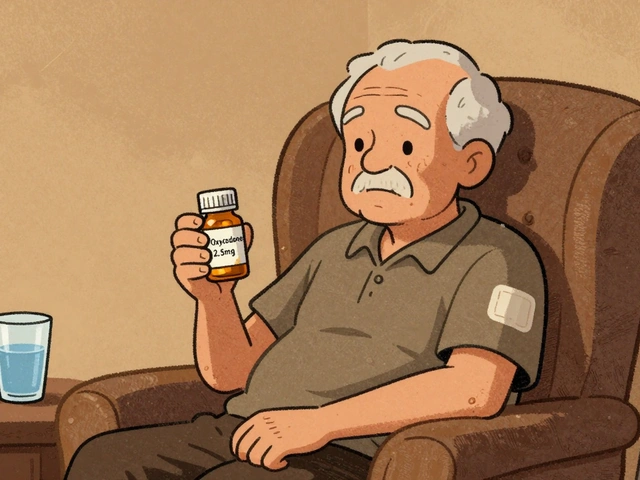

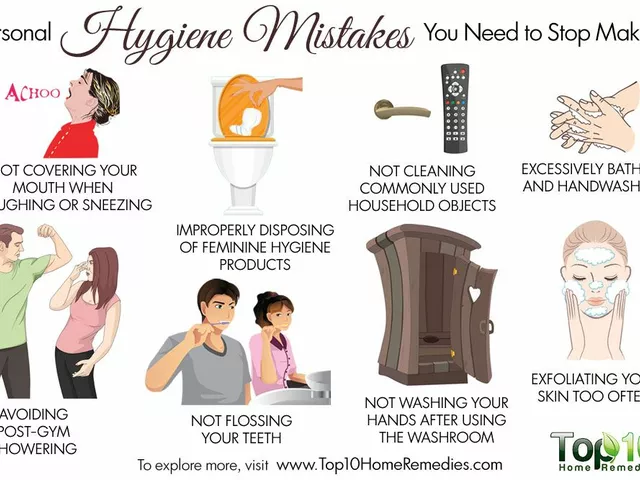
Matthew Peters
November 19, 2025 AT 08:42Humidifier in the bedroom? Absolute must. I used to wake up feeling like I rubbed sand in my eyes. Now? Barely need drops before noon.
Liam Strachan
November 20, 2025 AT 16:30Gerald Cheruiyot
November 22, 2025 AT 06:09Screen time air conditioning central heating all of it
We stopped living in natural environments and now our bodies are paying for it
Medication just masks the problem
What we need is less tech more time outside more humidity in our air not more drops
Stop treating the symptom fix the environment
Michael Fessler
November 23, 2025 AT 21:18Also-preservative-free is non-negotiable if you’re dosing >4x/day. BAK toxicity is real.
daniel lopez
November 23, 2025 AT 23:08Nosipho Mbambo
November 24, 2025 AT 23:57Katie Magnus
November 26, 2025 AT 09:41King Over
November 26, 2025 AT 19:17Johannah Lavin
November 27, 2025 AT 14:00To the person who said ‘just blink more’-I get it. But if you’ve ever had a corneal abrasion from dryness, you know it’s not that simple. You’re not weak for needing help. You’re smart for finding what works.
Matthew Karrs
November 27, 2025 AT 22:18